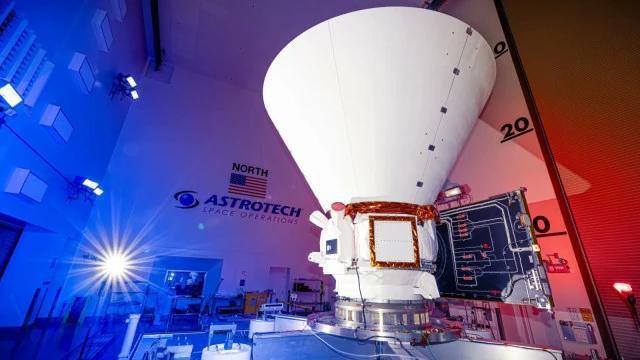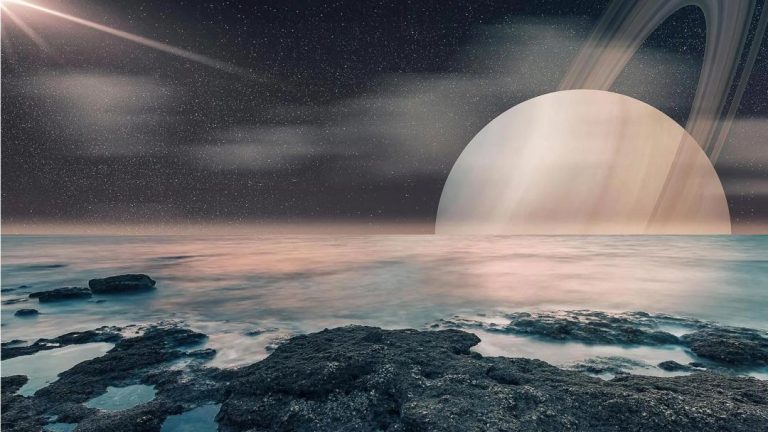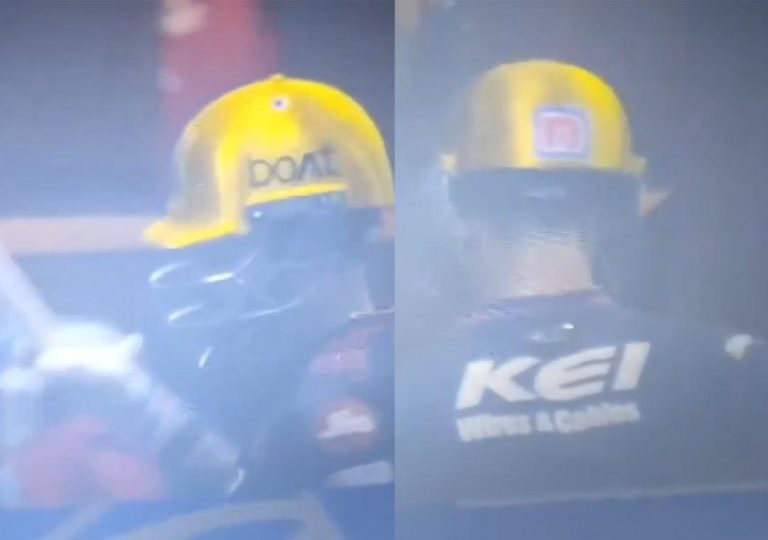
NASA Mission to Image Sun’s Atmosphere, Track Solar Wind Origin
The sun is the star at the center of our solar system, and it’s a fascinating celestial body that continues to intrigue scientists and researchers. From its immense size to its incredible energy output, the sun is a wonder to behold. However, the sun’s atmosphere, also known as the corona, is a fascinating aspect that has long been a subject of study for scientists. NASA’s PUNCH mission, launching on Friday, aims to image the sun’s atmosphere and track the origin of solar winds and Coronal Mass Ejections (CMEs).
What is the PUNCH Mission?
The PUNCH (Polar Ultra-violet Imaging Camera) mission is a two-year long endeavor that will closely observe the solar atmosphere and trace the origins of solar winds and CMEs. The mission will use four suitcase-sized satellites to create 3D images of the sun’s corona, which is the outer atmosphere of the sun. This will help scientists to better understand the dynamics of the corona and how it affects the Earth’s magnetic field.
Why is the PUNCH Mission Important?
The PUNCH mission is crucial for several reasons. Firstly, it will help scientists to better understand the solar wind and its impact on the Earth’s magnetic field. The solar wind is a stream of charged particles that emanates from the sun and can cause geomagnetic storms that can disrupt communication systems, GPS navigation, and power grids.
Secondly, the mission will help scientists to better predict space weather. Space weather refers to the dynamic and variable conditions on the sun and in the solar system that can affect the Earth’s magnetic field and atmosphere. By predicting space weather, scientists can better prepare for potential disruptions to our daily lives.
How will the PUNCH Mission Work?
The PUNCH mission will use four small satellites, each weighing around 50 kg, to observe the sun’s corona. The satellites will be launched into a polar orbit around the Earth, which will allow them to observe the sun’s corona from a unique vantage point.
Each satellite will be equipped with a specialized camera that will capture images of the sun’s corona in extreme ultraviolet light. These images will be used to create 3D maps of the corona, which will help scientists to better understand the dynamics of the sun’s atmosphere.
What are the Goals of the PUNCH Mission?
The primary goal of the PUNCH mission is to create 3D images of the sun’s corona and track the origins of solar winds and CMEs. The mission will also aim to:
- Understand the dynamics of the sun’s corona and how it affects the Earth’s magnetic field
- Better predict space weather and its impact on the Earth’s magnetic field and atmosphere
- Develop new technologies for solar imaging and spectroscopy
When will the PUNCH Mission Launch?
The PUNCH mission is set to launch on Friday, and it will be a historic moment for scientists and researchers. The launch will mark the beginning of a new era in solar research, and it will provide scientists with a unique opportunity to study the sun’s corona and its impact on our daily lives.
Conclusion
The PUNCH mission is an exciting new endeavor that will help scientists to better understand the sun’s atmosphere and its impact on our daily lives. The mission will use four suitcase-sized satellites to create 3D images of the sun’s corona, which will help scientists to better predict space weather and its impact on the Earth’s magnetic field and atmosphere.
The PUNCH mission is a testament to NASA’s commitment to advancing our understanding of the sun and its impact on our daily lives. As the mission launches on Friday, scientists and researchers around the world will be eagerly watching to see the first images of the sun’s corona and the impact it will have on our understanding of space weather.






